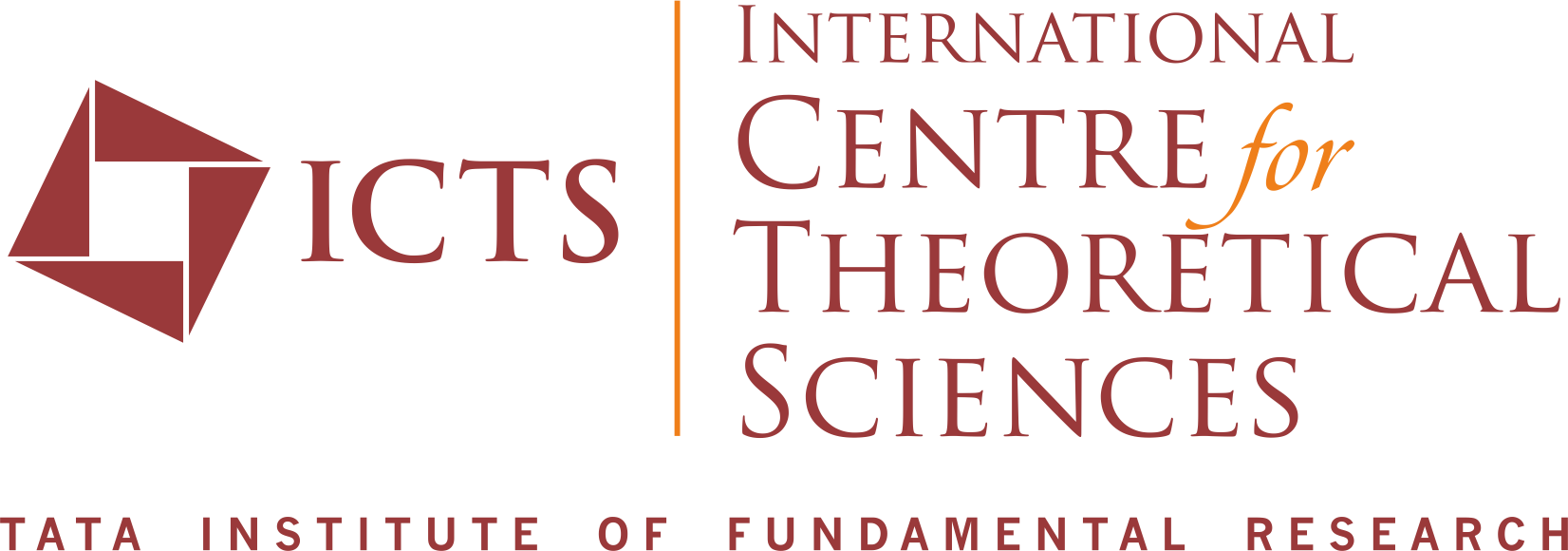Testing General Relativity using Observations of Gravitational Waves from the Inspiral, Merger and Ringdown of Binary Black Holes
This thesis describes a test of General Relativity (GR) in the highly relativistic, strong field regime of gravity using observations of gravitational waves from the inspiral, merger and ringdown of binary black holes (BBHs). The thesis further presents the results of this test on the first gravitational wave observations by Advanced LIGO and Virgo and shows that the observed signals are indeed consistent with the predictions of GR.
In chapters 1 and 2, we provide an overview of the topic of gravitational wave astronomy. Chapter 1 discusses aspects about the generation and detection of gravitational waves, promising sources for interferometric detectors, and information that can be extracted from the observed signals. We end the chapter by discussing all the gravitational wave observations that have been made by the advanced detectors till date, and a look at future detectors. Chapter 2 discusses how we infer the properties of a source from the observed signal and use these observations to test GR. We present an overview of the various tests of GR performed in the last 100 years, including the unique tests facilitated by gravitational wave observations.
In Chapter 3 we discuss the inspiral-merger-ringdown (IMR) consistency test, which involves inferring the mass and spin of the remnant black hole from the inspiral (low-frequency) and the post-inspiral (high-frequency) part of the observed signal independently, and checking for their consistency. Anticipating the large number of detections of BBHs expected in the near future, we show how constraints from a large number of events with modest signal to noise ratios can be combined to produce strong constraints on deviations from GR. Using kludge modified GR waveforms, we demonstrate how this test could identify certain types of deviations from GR if such deviations are present in the signal waveforms. We also study the robustness of this test against reasonable variations of different analysis parameters. Finally, Chapter 4 discusses results of the IMR consistency test on the gravitational wave observations, GW150914, GW170104 and GW170814, and how combining information from GW150914 and GW170104, has allowed us to put the tightest constraints yet from this test, on the possible deviations from the predictions of GR.
